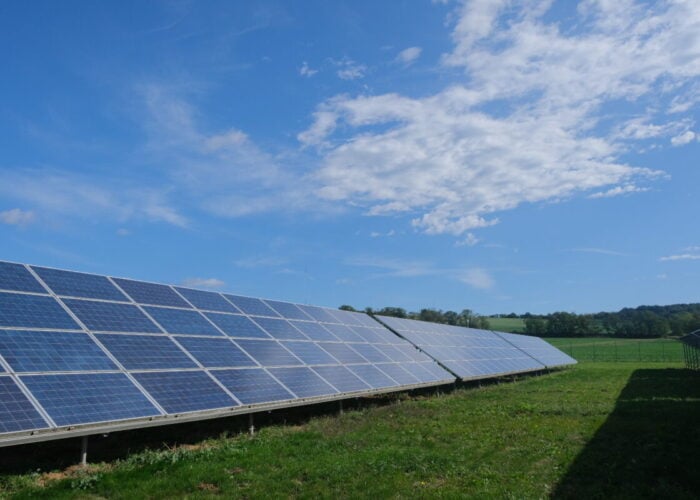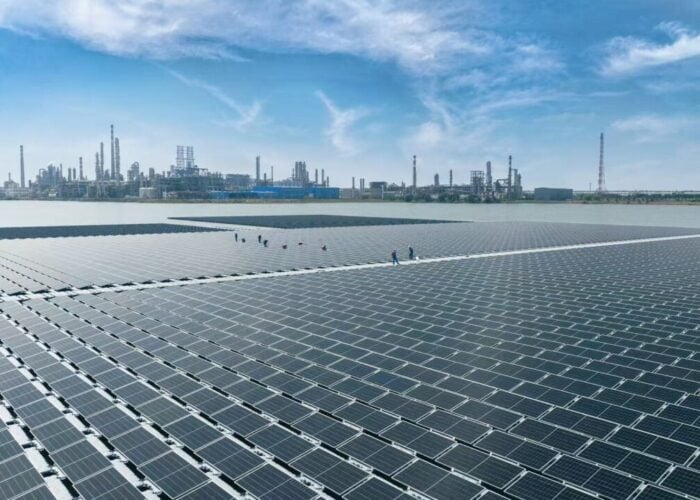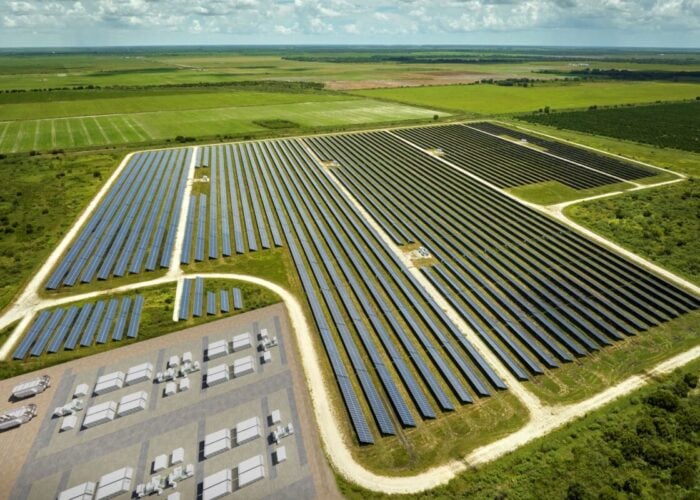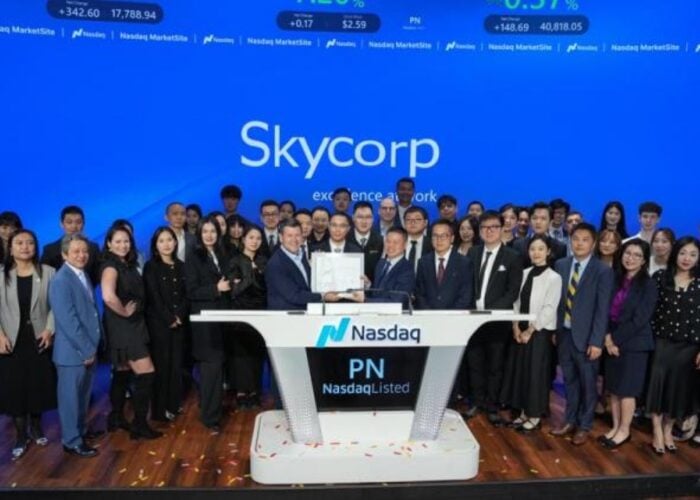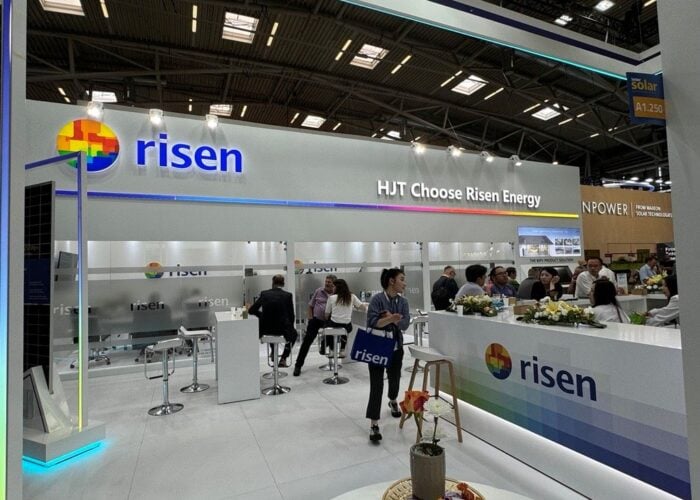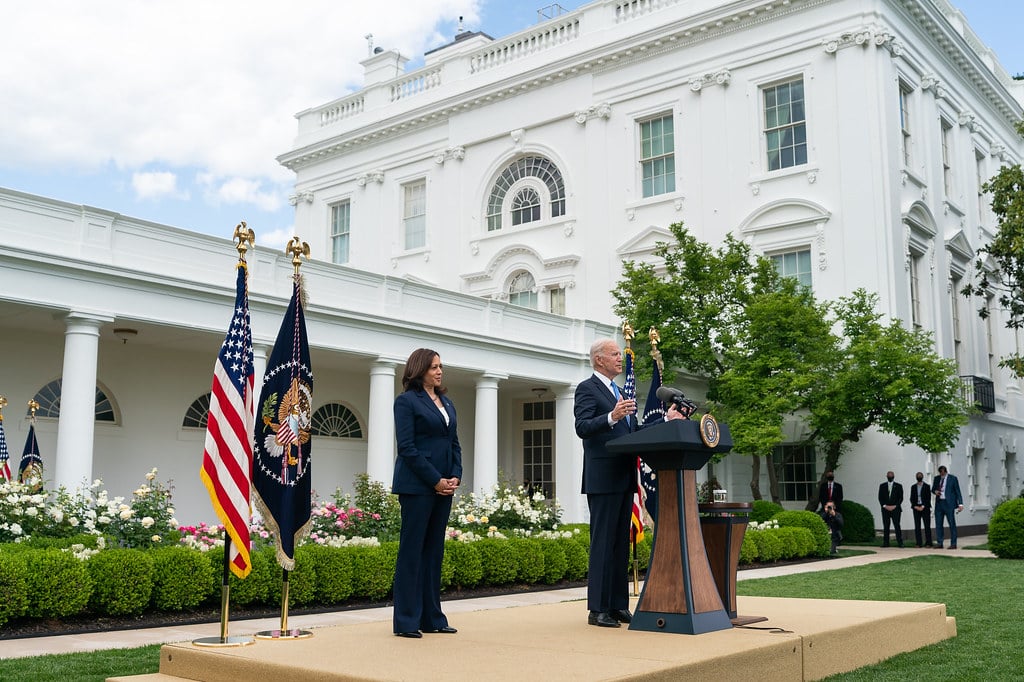
In the final days of 2024, PV Tech is looking back at the stories that dominated the headlines in each quarter of the year. While Q1 saw a number of ‘crises’ in Europe, Q2 saw a number of critical pieces of US legislation had an impact on the country’s solar sector, with the announcement of US$4 billion in tax credits under the 48C scheme a shot in the arm for the US clean energy manufacturing space. However, stumbling growth in the key market of California, and the growing problem of oversupply in the global solar sector, meant that the quarter also contained a number of ominous portents for the remainder of the year.
Elsewhere, the quarter saw the annual Intersolar event in Germany, where industry leaders expressed optimism at the potential for European solar manufacturing, in particular. This dovetailed with a number of new policies passed in Europe, including a ban on products linked to forced labour and the passage of the Net-Zero Industry Act (NZIA) that drove a wedge between Europe and China, which has dominated the supply of modules to the continent for years.
Unlock unlimited access for 12 whole months of distinctive global analysis
Photovoltaics International is now included.
- Regular insight and analysis of the industry’s biggest developments
- In-depth interviews with the industry’s leading figures
- Unlimited digital access to the PV Tech Power journal catalogue
- Unlimited digital access to the Photovoltaics International journal catalogue
- Access to more than 1,000 technical papers
- Discounts on Solar Media’s portfolio of events, in-person and virtual
Finally, industry leaders on both sides of the Atlantic expressed difficulties, with Meyer Burger closing a module production facility in January and Maxeon receiving a notice of non-compliance from the Masdaq stock exchange in May, both of which set the stage for greater struggles later in the year.
US legislation drives manufacturing additions
The passage of a number of important pieces of legislation in the US was a hallmark of the solar sector in Q2, led by the announcement of over US$4 billion in tax credits, of which US$2.7 billion was allocated for clean energy manufacturing projects, by the Departments of Energy and Treasury and the Internal Revenue Service (IRS), in April.
Tax credits have been a vital part of a number of economic growth programmes initiated under the Inflation Reduction Act (IRA), and these tax credits were immediately put to use, with Highland Materials announcing plans to use 48C tax credits to build a polysilicon plant in the US just three weeks after the tax credits were first announced. With the US historically heavily reliant on Chinese imports for all parts of the solar supply chain – from cells to modules and everything in between – offering financial incentives to build new manufacturing capacity in the US is essential if the country is to limit its reliance on Chinese products.
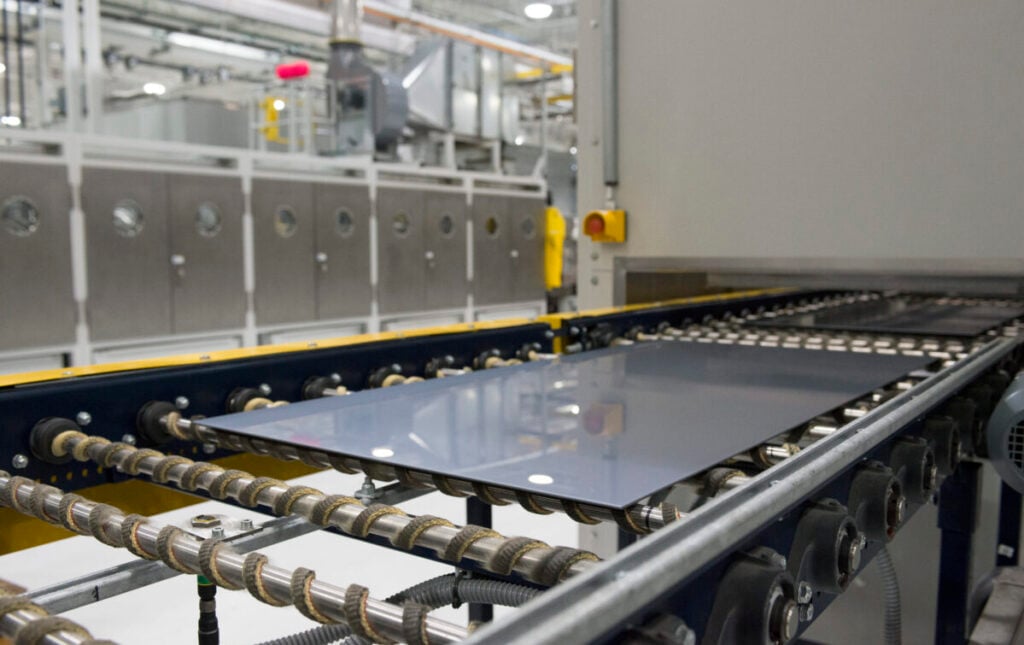
The other half of the equation comes in the form of tariffs placed on solar products made overseas, particularly those made in China. In April, Reuters said that the Biden administration would lift a trade tariff exemption for bifacial solar modules and in May, the president doubled tariffs on solar cells from 25% to 50%, under Section 301 of the Trade Act of 1974. The government sought to limit the number of Chinese products entering the US solar space, so as to provide space for a domestic manufacturing sector to flourish, but not an outright ban imports of products, as these will be essential if the US is to meet its solar installation targets.
At least in the short-term, this approach paid dividends. In April, Nextracker expanded a manufacturing plant in Pennsylvania, and Boviet Solar announced plans to build a 2GW cell and module plant in North Carolina. These announcements were followed by similar plans made by Canadian Solar, Nextracker and Unimacts, and NorSun in June, and a May investment of US$71 million by the Department of Energy into specialist manufacturing initiatives.
Strong installation figures, weaker financial performance
Alongside supportive legislation for the upstream US solar sector, the downstream sector showed significant growth in Q2. Figures from the Solar Energy Industries Association (SEIA) and Wood Mackenzie showed that over one-quarter of operating US solar installations had been commissioned since the passage of the IRA, and that the sheer number of solar projects in operation are likely to double to ten million by 2030.
However, a number of industry leaders expressed concerns about the long-term health of the US solar sector. Clean Energy Associates (CEA), for instance, noted that the US does not have the domestic manufacturing capacity to meet growing demand for cells, in particular, forcing developers to import them from overseas at considerably higher prices than in previous years. Years of cheap Chinese module imports, combined with new module manufacturing capacity in the US, has also contributed to an oversupply of panels in the US, which caused the average module price to bottom out at US$0.24/w in April.
While the US did not boast the same crippling oversupply as Europe, this was part of a wider trend towards oversupply of modules seen around the world. According to Ember, the world’s cumulative global solar manufacturing capacity will almost double cumulative global solar deployment by 2030, with close to 4TW of “spare” manufacturing capacity, producing products that will not be installed. Sudden and dramatic changes to the market fundamentals of supply and demand means the finances driving world’s solar sector has become much harder to forecast, and making investment decisions has become increasingly difficult.
Back in the US, these uncertain financial conditions, combined with impactful legislation, began to negatively affect California, long heralded as a leader in the US solar sector. Since the passage of the NEM 3.0 bill, which has sought to incentivise the co-location of residential solar projects with storage as opposed to new solar additions themselves, the state has seen a wave of new battery additions, but made residential solar installations all but financially unviable. Export rates for selling power generated at home back to the grid has fallen by around 75% since the passage of the NEM 3.0, driving a rare step backwards in the Californian solar sector.
Intersolar raises hopes for Europe
Across the pond, the annual Intersolar event in Germany offered some hope for the European solar sector. PV Tech reported from the event that the launch of new products, such as Oxford PV’s perovskite tandem module, could help establish Europe as a leader in cutting-edge or niche applications for the solar sector, such as new cell technologies and distributed installations, rather than trying to compete with China on sheer volume of manufacturing.
Others, such as Jan Jacob Boom-Wichers, CEO of French solar manufacturer Holosolis, went a step further, arguing that Europe has the potential to rival China in terms of utility-scale module manufacturing. While this sentiment was not shared by all at the conference, this was a positive conclusion to draw amid concerns about Europe’s increasingly fractured legislative framework.
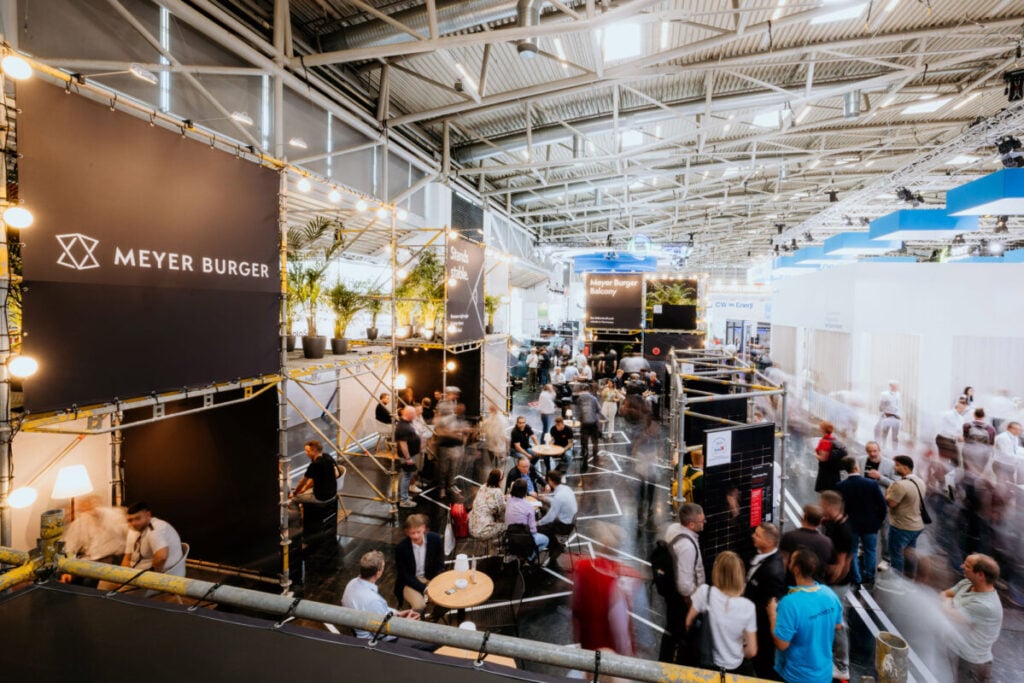
While some of Europe’s policies have been notably detrimental to the solar sector – most notably Italy’s banning of solar on agricultural land – a number of national governments have taken steps to encourage new solar installations within their borders. For instance, Germany passed its Solarpaket 1 reforms, which allowed larger projects to apply for government tenders, and the feed-in tariffs for commercial rooftop PV systems increased, as the government looks to take advantage of a sector that is growing both in scale and financial influence.
These policies have also started to come into effect within the context of the National Energy and Climate Plans (NECPs), which have been finalised in recent months, and seen various national governments commit renewable power targets, including solar, to law, suggesting a commitment to clean energy on both a national and continental scale.
Europe versus China
As happened in the US, the European solar sector has sought to encourage new manufacturing additions, in no small part to distance itself from reliance on Chinese imports; policies implemented in Q2 to this end include the passage of the European Solar Charter in April and the passage of the NZIA in May. While some, such as Anett Ludwig, head of supply chains at trade body SolarPower Europe, said these measures have not gone far enough, and that Europe would benefit from an EU fund for scaling manufacturing capacity in particular, these are important steps to provide financial incentives to build up European manufacturing, rather than rely on Chinese imports.
The European Parliament also approved new regulations banning the sale, import and export of products made using forced labour, considered by many to target Chinese solar manufacturing, which has long been linked to forced labour practices in the country’s Xinjiang region. As European Solar Manufacturing Council (ESMC) sustainability policy director Jens Holm said: “This new regulation should put an end to all imports of solar modules or components from areas where state-imposed forced labour takes place.”
While these regulations did not target China specifically, other activities helped drive a wedge between Europe and China, which has historically met the vast majority of the continent’s demand for solar products. In April, the European Commission investigated two Chinese consortia over their bids for a Romanian solar project, suspecting them of violating the EU’s Foreign Subsidies Regulation (FSR).
While LONGi, one of the Chinese leaders involved in the bids, ultimately withdraw from the project, causing the investigation to end inconclusively, the incident was a notable disruption to European-Chinese relations following years of sustained shipments of solar products from the latter to the former.
Industry leaders struggle
Q2 also saw a number of industry leaders struggle amid challenging market conditions. Swiss manufacturing giant Meyer Burger raised US$228 million through a share rights issue in April, following its announcement of plans to shift its manufacturing capacity from Europe to the US, made in January. US firm Maxeon, meanwhile, received a notice of non-compliance from Nasdaq for failing to file its financial statements on time, with both the Q4 2023 and Q1 2024 results set to be published later than originally intended.
Perhaps more ominously, US residential installer Titan Solar Power ceased operations in June after more than a decade of work, after negotiations with a potential buyer fell through.
During the Intersolar conference, Trina Solar executive president Helena Li told PV Tech that “there will be consolidation” in the global solar sector, as the past few years of rampant expansion meet some of the more challenging financial conditions that are to be expected as an industry matures, and the sudden collapse of a company like Titan Solar Power is perhaps an example of this phenomenon.

